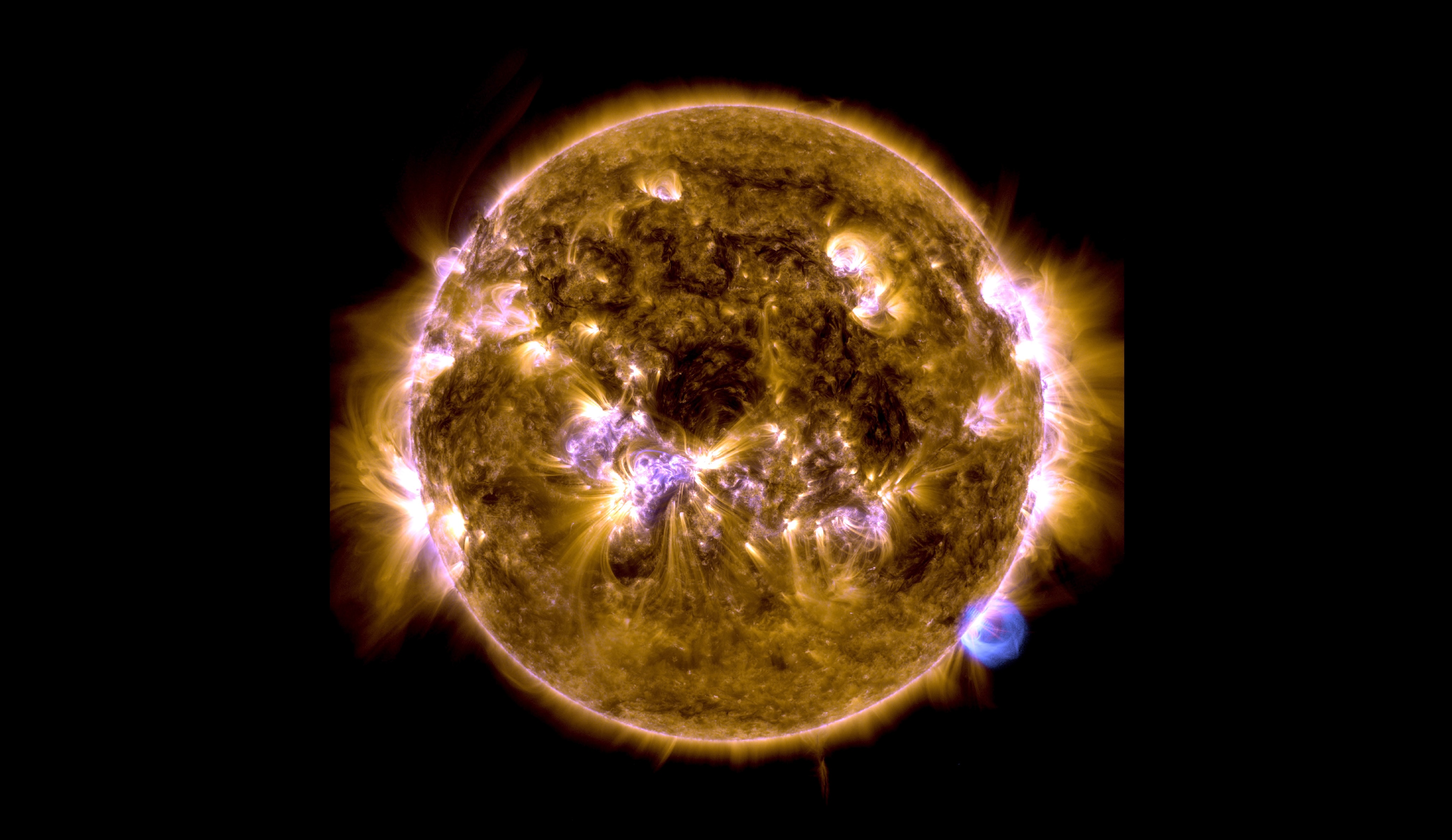NASA's Parker Solar Probe spots powerful magnetic explosion aimed at the sun's surface

NASA and ISRO team up for a historic private space mission with an Indian pilot, while NASA's Parker Solar Probe observes a massive solar magnetic explosion. Meanwhile, the M87 black hole spins at near-light speed, devouring matter at an alarming rate.

All major sources, one page
Feel the mood behind headlines
Know what’s trending, globally
Get summaries. Save time
8,379
117
211
3 hours ago
Get instant summaries, explore trending stories, and dive deeper into the headlines — all in one sleek, noise-free mobile experience.
Stay sharp in 60 seconds. Get concise summaries of today’s biggest stories — markets, tech, sports, and more
All major sources, one page
Feel the mood behind headlines
Know what’s trending, globally
Get summaries. Save time
8,379
117
211
3 hours ago
Get instant summaries, explore trending stories, and dive deeper into the headlines — all in one sleek, noise-free mobile experience.
Stay sharp in 60 seconds. Get concise summaries of today’s biggest stories — markets, tech, sports, and more